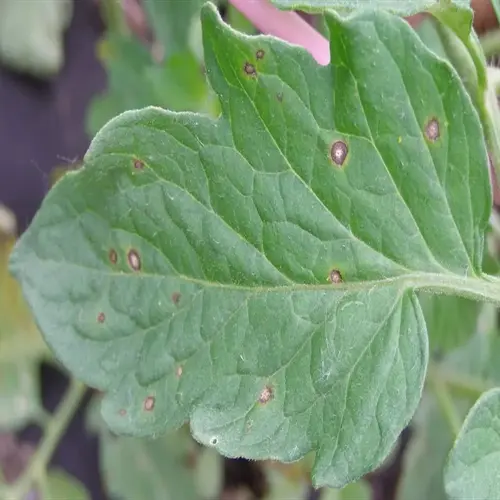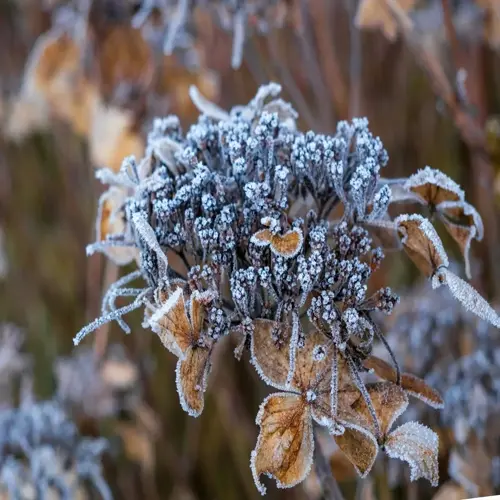Can plants get too much artificial light?

Written by
Nguyen Minh
Reviewed by
Prof. Samuel Fitzgerald, Ph.D.Artificial light can harm plants, but many believe otherwise. Excessive intensity causes physiological stress, like drought affects. My lettuce developed bleached spots within 18 hours of being lit before I understood the importance of moderation. Plants require photoperiods that are appropriate for their habitats.
There are a few clear indications of light overexposure. The tips of leaves may sometimes turn white and brown due to the effects of radiation. Plants show a defensive curling of leaves, typically in response to excessive light. Growth would slow down significantly regardless of the perceived availability of nutrients. These are signs of light exposure that require immediate adjustment.
Symptom Identification
- Bleached or translucent leaf patches
- Upward-curled leaf edges
- Stunted vertical growth
- Premature flowering attempts
Corrective Actions
- Increase light distance immediately
- Reduce daily exposure by 2-4 hours
- Install diffusers for intensity reduction
- Implement 48-hour recovery darkness
Prevention Strategies
- Follow species-specific photoperiods
- Use PPFD meters to verify intensity
- Schedule regular dark cycles
- Rotate plants weekly
Recognize light stress vs. nutrient concerns. Light damage displays a systematic, uniform pattern across leaves. Nutrient issues create irregular discoloration or discoloration with spots. Always check the lights if you are seeing symptoms in a symmetrical pattern. It happened to me with my dying rosemary. This distinction helped my plant.
Implement photoperiod discipline using timers. Most plants require 6-8 hours of darkness each night. Seedlings can tolerate longer periods of light exposure than mature plants. Flowering species require strict 12-hour cycles. Automation prevents human error.
Adjust intensity seasonally as plants mature. Decrease PPFD during heat waves. Increase distance during flowering phases. Use shading nets for delicate seedlings. These proactive measures maintain optimal growing conditions.
Read the full article: 10 Best Indoor Grow Lights for Healthy Plants

